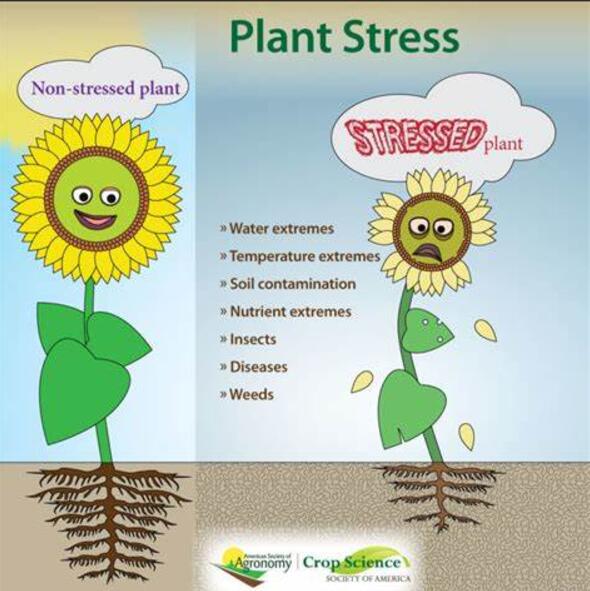Selenium-induced avoidance mechanism, ionic interactions, and antioxidant system to mitigate manganese toxicity in apple rootstock 'Qingzhen 1′
IF 6.8
Q1 PLANT SCIENCES
引用次数: 0
Abstract
Manganese toxicity poses a significant challenge to apple tree growth. Although selenium has been shown to mitigate heavy metal toxicity, the underlying mechanisms by which Se reduces Mn accumulation and toxicity remain poorly understood, particularly in the apple rootstock ‘Qingzhen 1′. This study investigates the role of Se in Mn detoxification, focusing on avoidance mechanisms (such as amino acid and organic acid regulation, phytochelatin and metallothionein expression), ion competition, and modulation of the antioxidant defense system. The application of selenium not only reduced the Mn content by 14.64 % but also improved key growth parameters compared to the Mn only treatment. The amino acid level was increased by 2.86 %-32.55 %, the concentration of citric acid and tartaric acid was increased by 9.01 % and 47.30 %, the activity and expression of glutathione synthase and plant chelating protein synthase were increased, and the expression of metallothionein was regulated. Furthermore, Se facilitated the uptake of essential nutrients, including Ca, Zn, Cu, and S, which helped restore the plant's nutritional balance. Additionally, Se bolstered the plant's oxidative stress tolerance by enhancing the activities of catalase and superoxide dismutase, while increasing levels of ascorbic acid, glutathione, and non-protein sulphhydryls. Consequently, less hydrogen peroxide and nitric oxide accumulation was observed. Overall, selenium mitigated Mn toxicity in apple rootstock ‘Qingzhen 1′ by activating avoidance strategies, optimizing ion competition, and enhancing antioxidant responses. These findings provide new insights into how Se can reduce Mn uptake and alleviate Mn-induced toxicity in plants.
求助全文
约1分钟内获得全文
求助全文
来源期刊

Plant Stress
PLANT SCIENCES-
CiteScore
5.20
自引率
8.00%
发文量
76
审稿时长
63 days
期刊介绍:
The journal Plant Stress deals with plant (or other photoautotrophs, such as algae, cyanobacteria and lichens) responses to abiotic and biotic stress factors that can result in limited growth and productivity. Such responses can be analyzed and described at a physiological, biochemical and molecular level. Experimental approaches/technologies aiming to improve growth and productivity with a potential for downstream validation under stress conditions will also be considered. Both fundamental and applied research manuscripts are welcome, provided that clear mechanistic hypotheses are made and descriptive approaches are avoided. In addition, high-quality review articles will also be considered, provided they follow a critical approach and stimulate thought for future research avenues.
Plant Stress welcomes high-quality manuscripts related (but not limited) to interactions between plants and:
Lack of water (drought) and excess (flooding),
Salinity stress,
Elevated temperature and/or low temperature (chilling and freezing),
Hypoxia and/or anoxia,
Mineral nutrient excess and/or deficiency,
Heavy metals and/or metalloids,
Plant priming (chemical, biological, physiological, nanomaterial, biostimulant) approaches for improved stress protection,
Viral, phytoplasma, bacterial and fungal plant-pathogen interactions.
The journal welcomes basic and applied research articles, as well as review articles and short communications. All submitted manuscripts will be subject to a thorough peer-reviewing process.
 求助内容:
求助内容: 应助结果提醒方式:
应助结果提醒方式:


